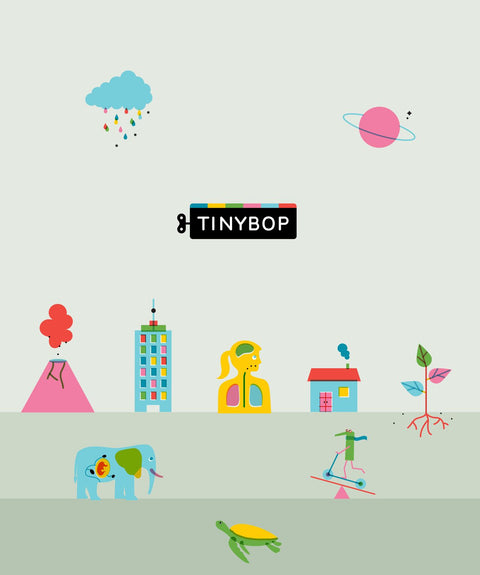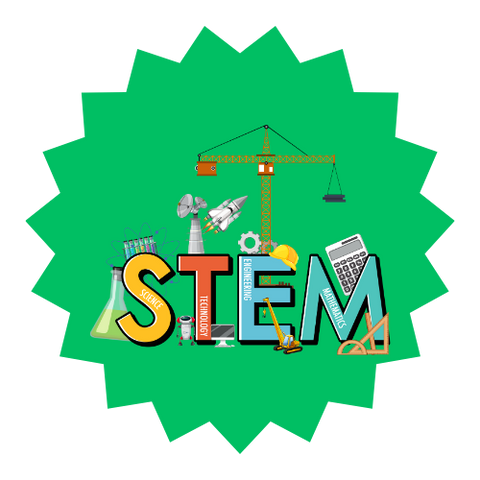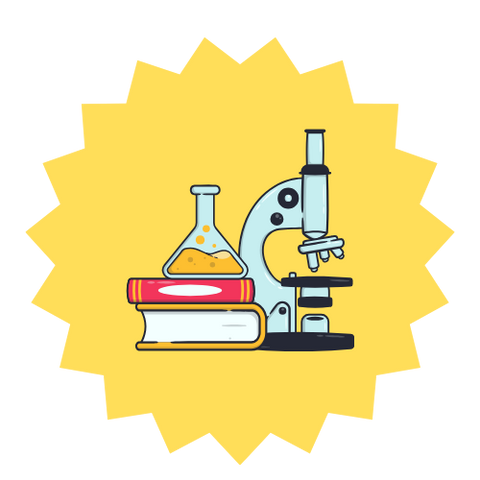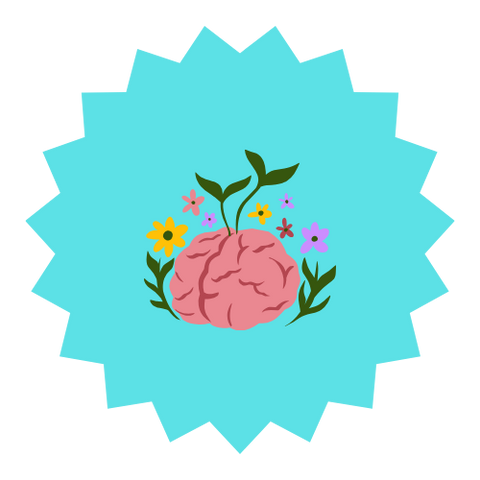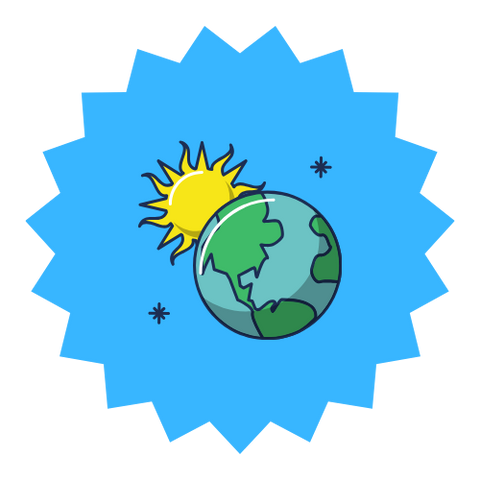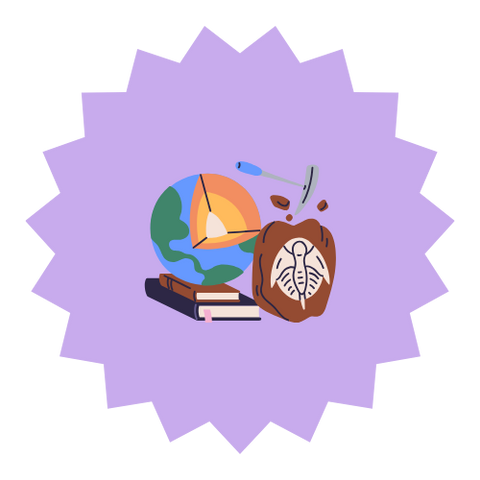
Our mission

Our story
FAQ: Additional Details about Tinybop's Explorer's Library
A day in the life with Tinybop's Explorer's Library
How it works
How to integrate into homeschooling
Parent/Caregiver Involvement
Prerequisites
What kind of preparation do we suggest before engaging with this learning resource.
Cognitive Diversity
How does the learning resource adapt to students with diverse intellectual needs
Gifted and 2e Learners
Autism Specturm
Suitability for children on the Autism Spectrum
Class size
Question subtitle
na
Community Guidelines
What are expectations of kids and families?
Refund policy
Not a Fit
What kids may struggle or not enjoy this learning resource.
Suggested Alternatives
What might be a better fit for kids who aren't a good fit for Tinybop's Explorer's Library
Coming Soon, Recent Updates and Additions
Pro-tip
How to get the most out of Tinybop's Explorer's Library
Contact form

Meet Raul Gutierrez

